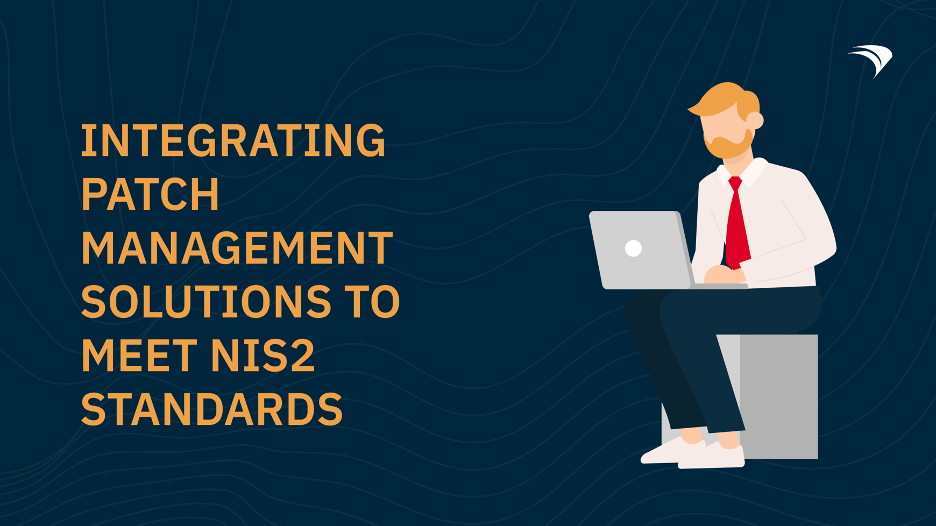Introduction
As organizations increasingly adopt advanced technology solutions, ensuring consistent compliance in device management becomes paramount. The landscape is rapidly evolving with new regulations, security threats, and the need for enhanced control over configurations. With the right approach and tools, businesses can navigate these challenges effectively.
Understanding Control Await Configuration
Control Await Configuration (CAC) refers to a strategy wherein organizations wait for a specific control or configuration to be established before allowing devices to connect to their networks. This proactive approach minimizes risk by ensuring that endpoint devices meet predetermined security standards and compliance requirements before gaining access.
Why Compliance Matters
- Protecting Sensitive Data: With cyber threats on the rise, compliance ensures that sensitive data remains secure.
- Avoiding Legal Issues: Non-compliance can result in hefty fines and legal repercussions, especially in regulated industries.
- Maintaining Reputation: Consistent compliance builds trust with customers and stakeholders, enhancing your organization’s reputation.
Key Components of a Successful Compliance Strategy
A robust compliance strategy for Control Await Configuration involves several key components:
1. Comprehensive Device Inventory
Keeping an updated inventory of all devices is crucial. Organizations should regularly audit their devices to ensure that only compliant and authorized devices are allowed network access. This not only simplifies the management process but also provides a clear overview of the security posture of each device.
2. Regular Software Updates
Outdated software is a common vulnerability. Implementing a schedule for regular patch management ensures that all devices are running the latest software versions, equipped with essential security updates to mitigate risks.
3. Automated Compliance Checks
Automating compliance checks helps streamline the process and reduces the likelihood of human error. Solutions such as Unified Endpoint Management (UEM) tools can automatically enforce configurations and policies across devices, ensuring compliance without the need for constant manual oversight.
4. Training and Awareness Programs
Training employees on compliance policies and procedures is essential. Regular awareness programs help ensure that all team members understand their roles and responsibilities regarding device management and security compliance.
5. Incident Response Plans
Being prepared for a compliance violation is just as crucial as preventing one. Organizations should develop incident response plans that outline steps to take in the event of a compliance breach, including the mechanisms for reporting, mitigating, and learning from incidents.
Leveraging Technology for Compliance
Implementing the right technology solutions is vital for maintaining compliance effectively. Below are a few key technologies to consider:
1. Unified Endpoint Management (UEM)
UEM solutions provide comprehensive management capabilities, enabling organizations to oversee all endpoints from a centralized platform. This ensures that devices adhere to compliance policies and configurations at all times.
2. Mobile Device Management (MDM)
MDM tools focus explicitly on managing mobile devices, allowing IT administrators to enforce security policies, push updates, and monitor compliance across mobile platforms, which is especially critical in remote work setups.
3. Compliance Management Software
Dedicated compliance management tools can help organizations keep track of regulations and standards relevant to their industry. These tools simplify the audit process, maintain documentation, and provide insights into compliance status across various departments.
Creating a Culture of Compliance
Ultimately, compliance should be woven into the fabric of the organization’s culture. This means fostering an environment where security best practices are prioritized and the importance of compliance is valued. Leadership should lead by example, promoting compliance initiatives and encouraging proactive behavior among all employees.
Conclusion
Maintaining consistent compliance through Control Await Configuration is not just a regulatory requirement; it is a strategic advantage. By implementing comprehensive policies, leveraging technology, and fostering a culture of compliance, organizations can effectively manage their device ecosystems while safeguarding their data and minimizing risks. As you navigate the evolving technology landscape, prioritize compliance and make it a cornerstone of your IT strategy.





